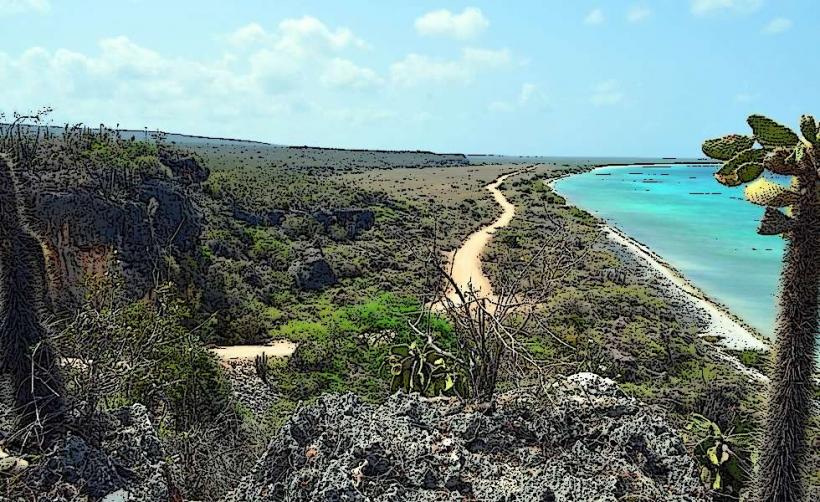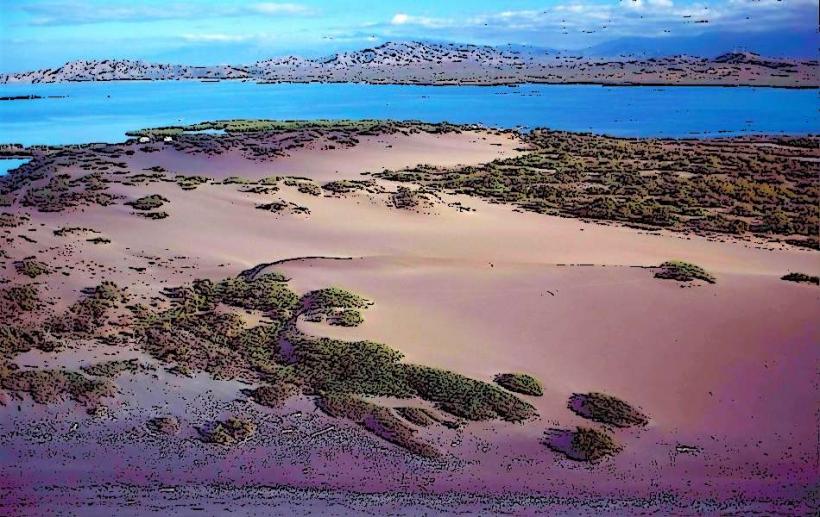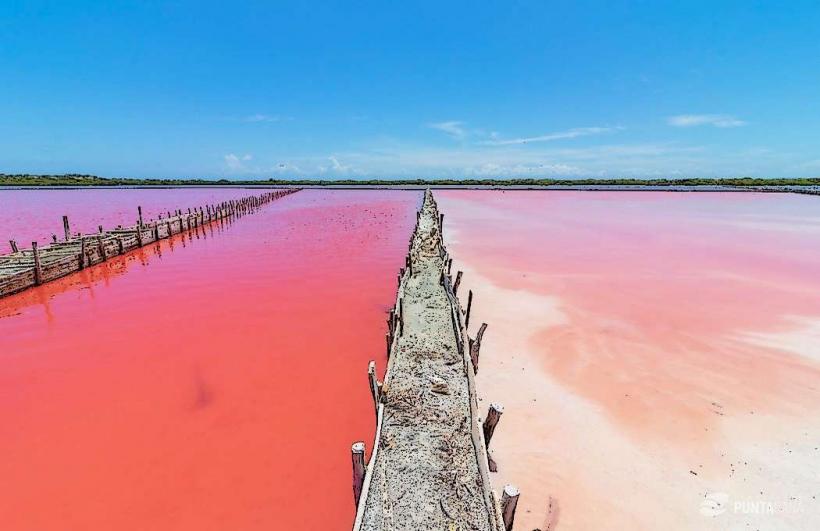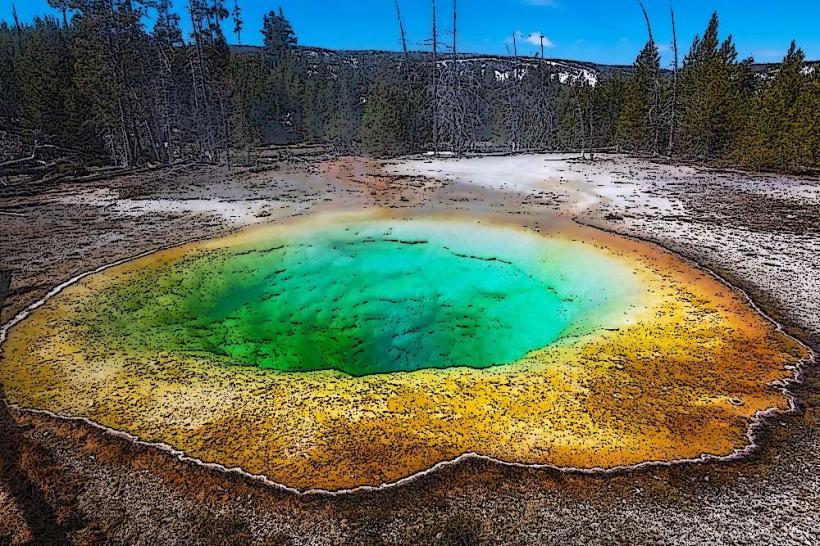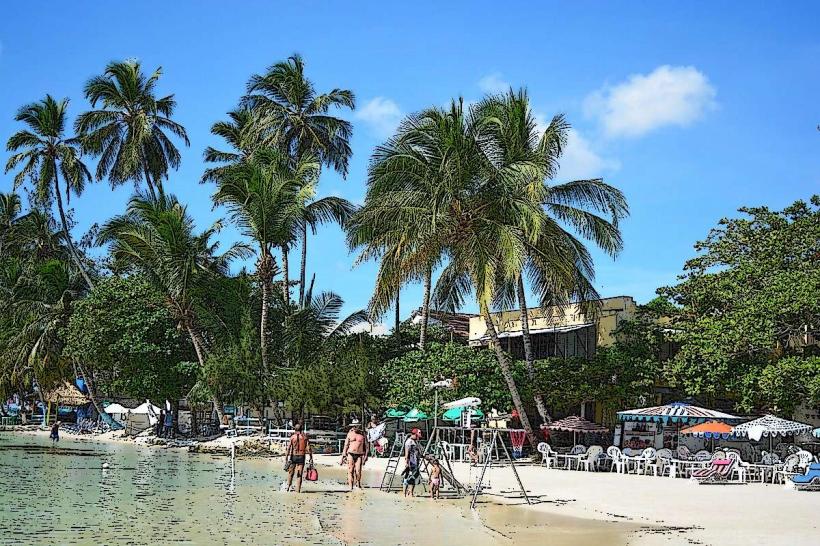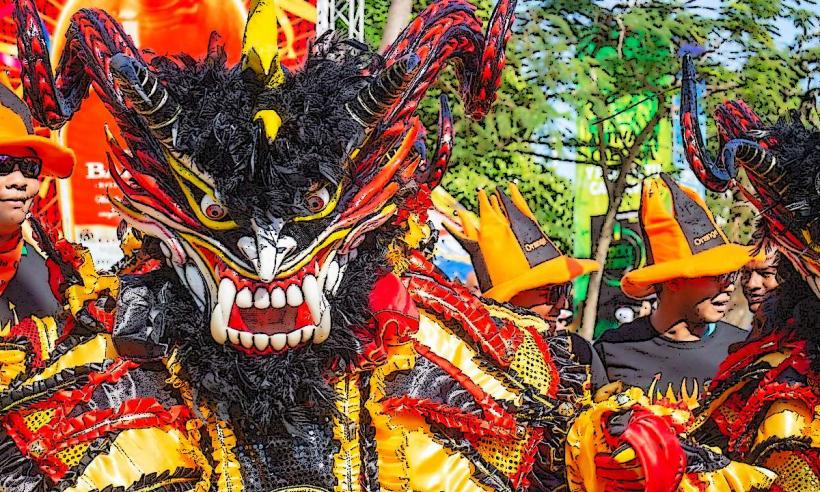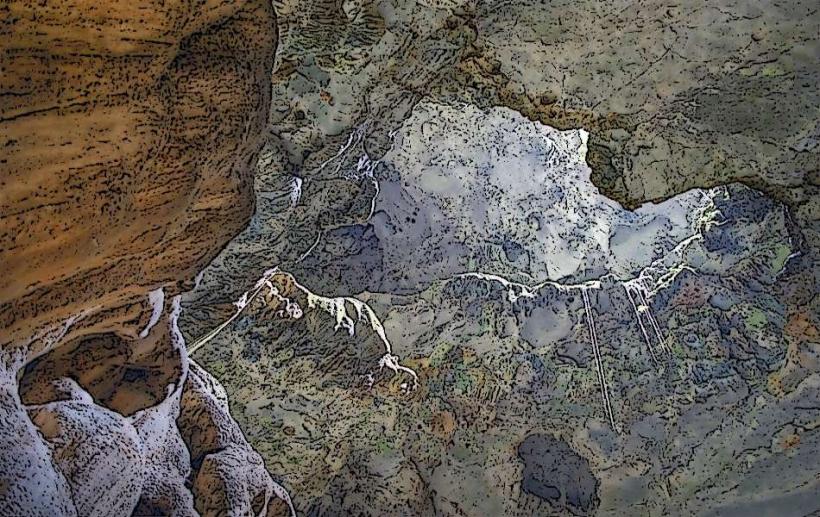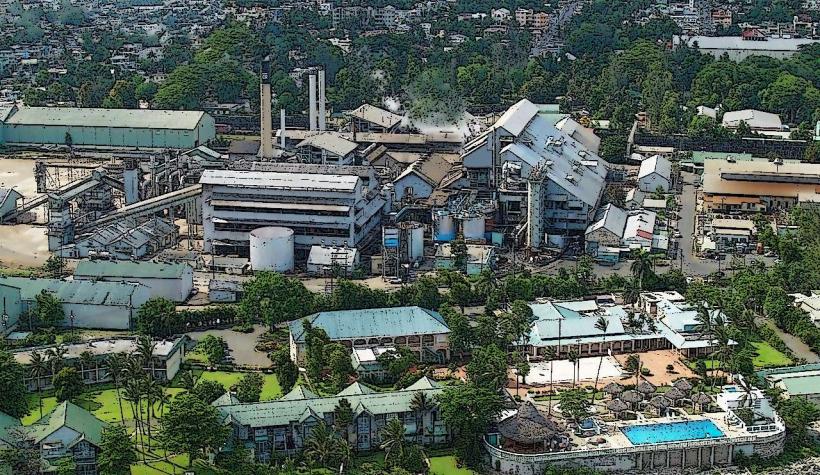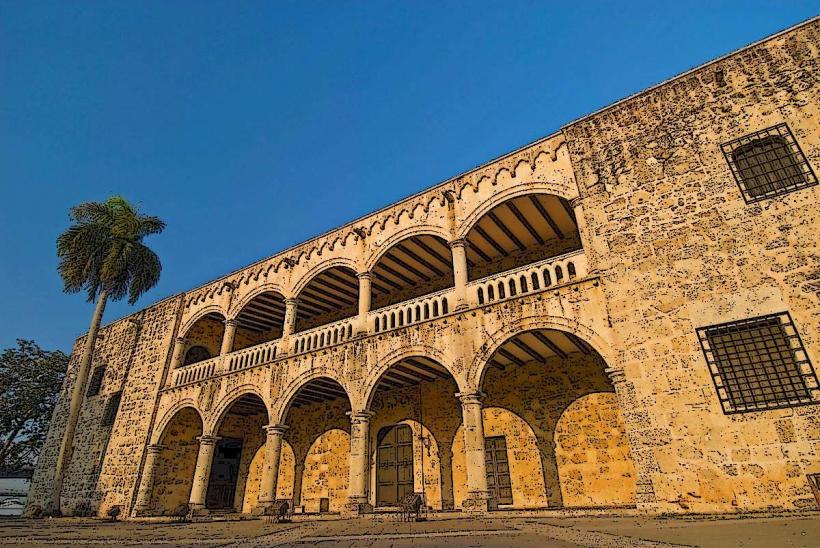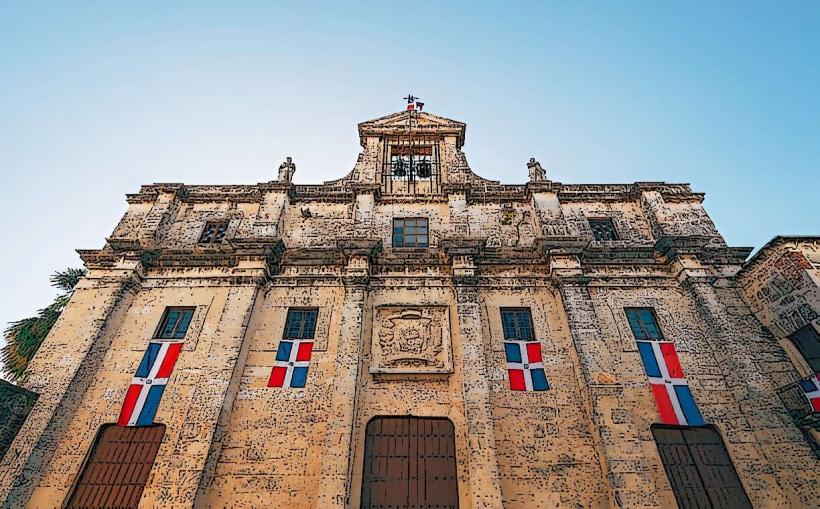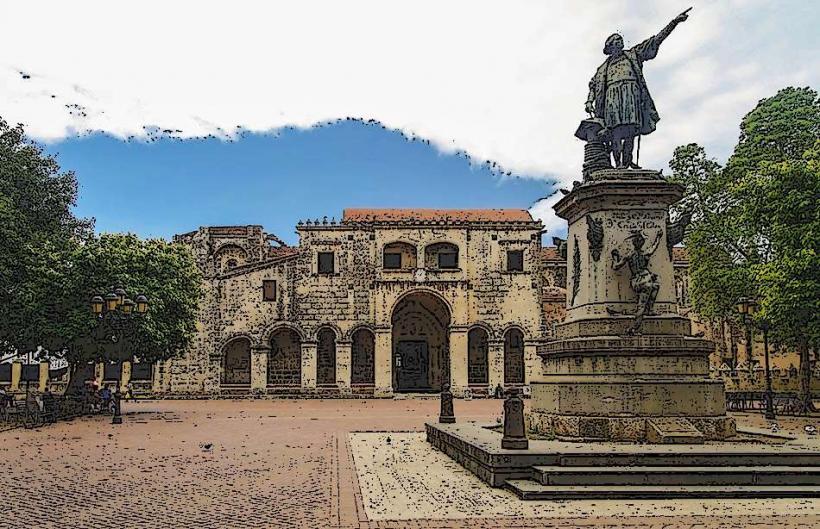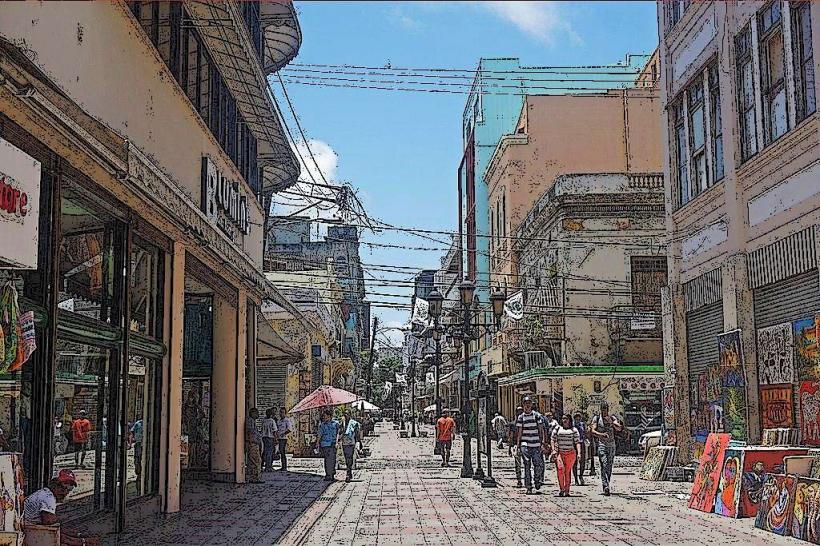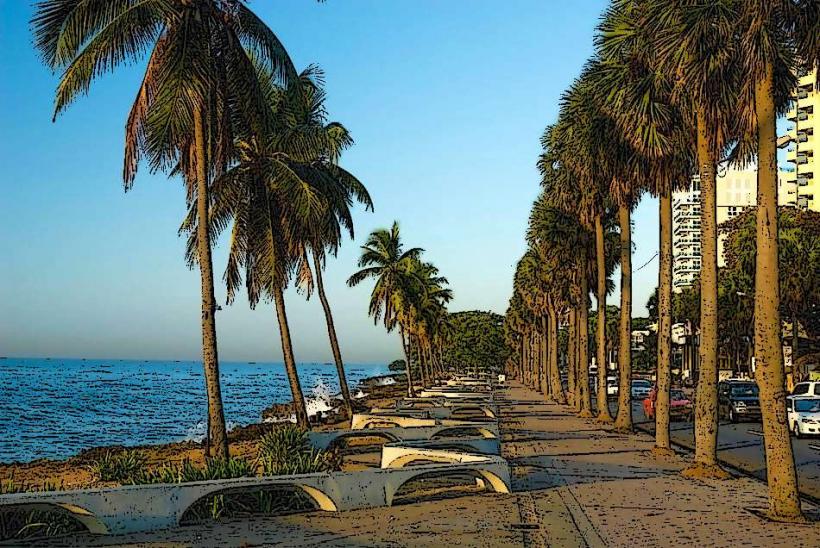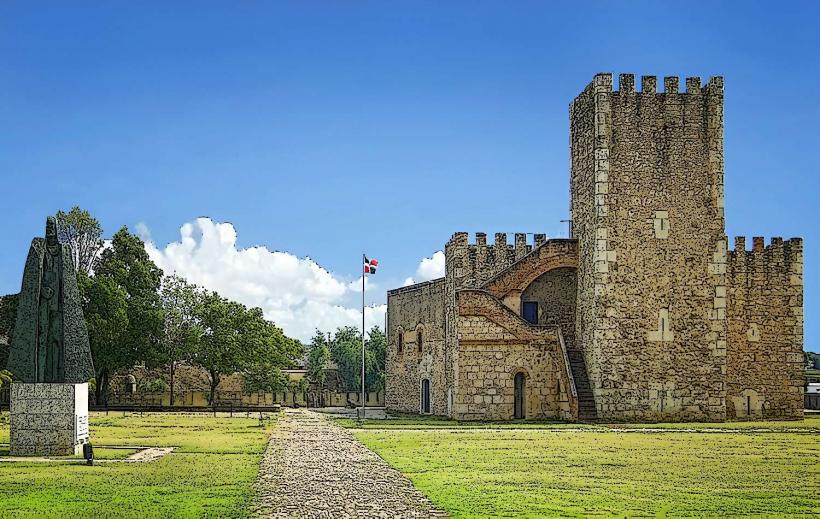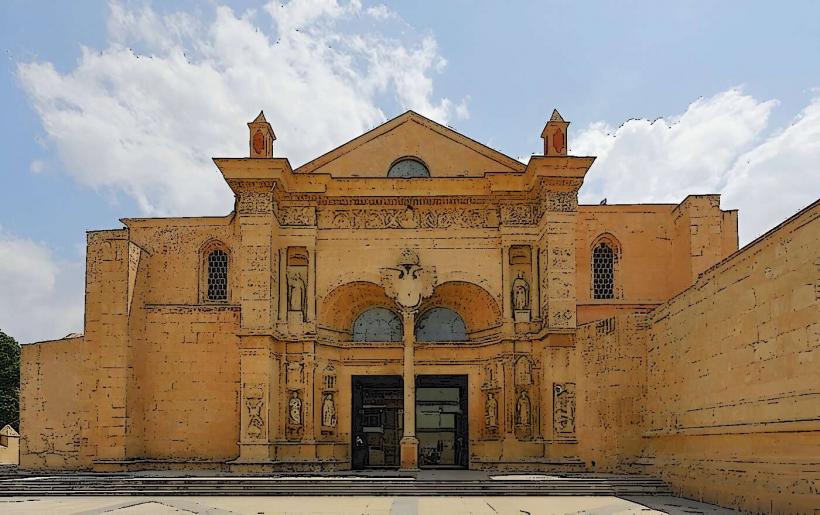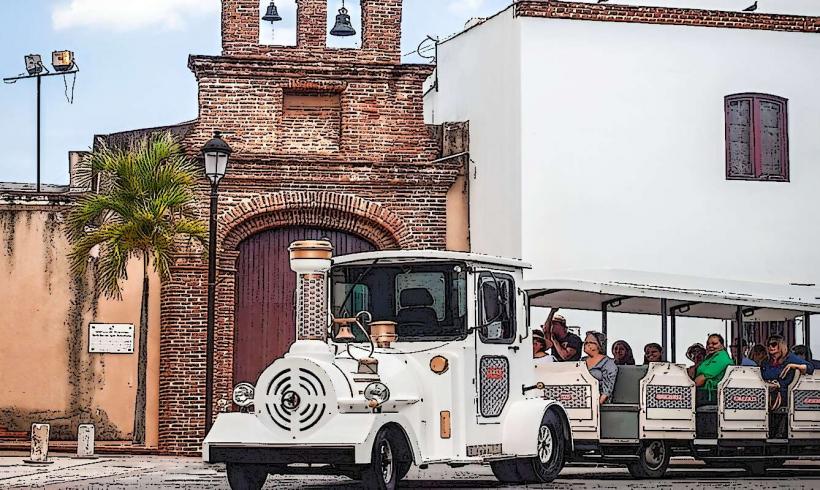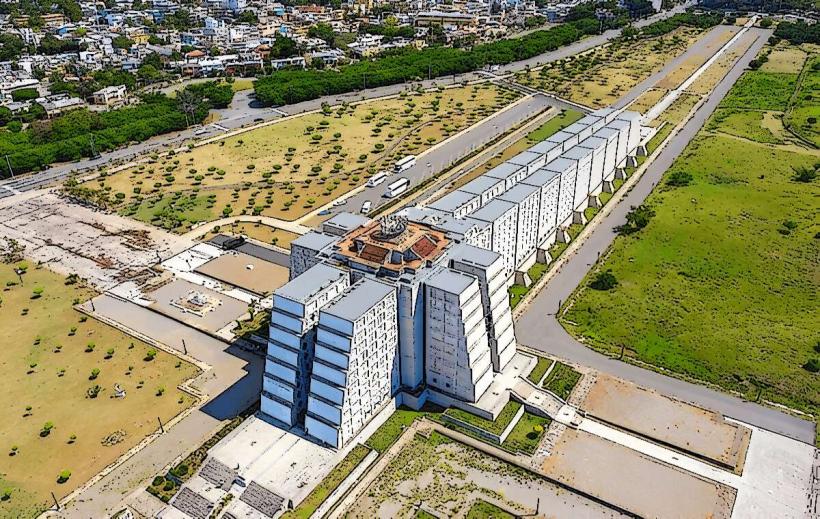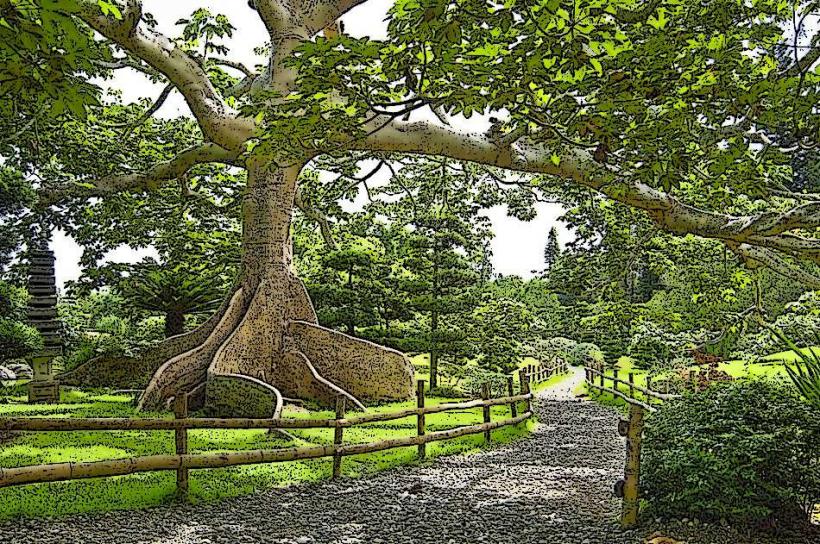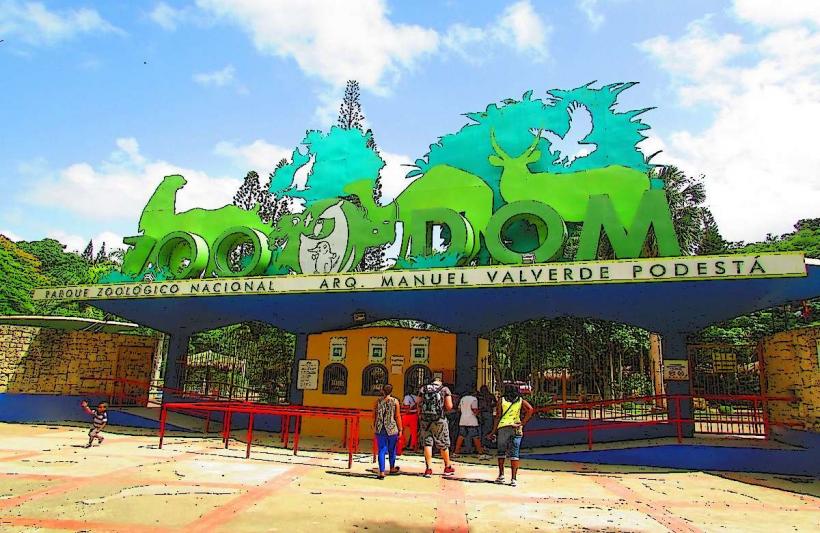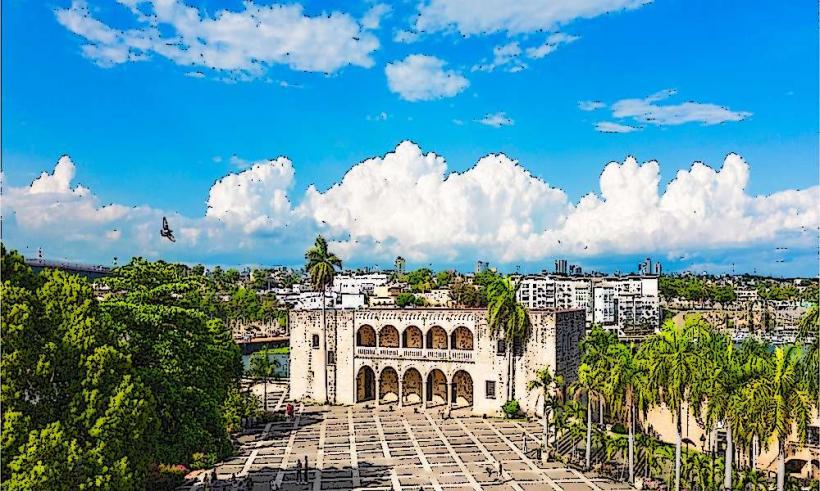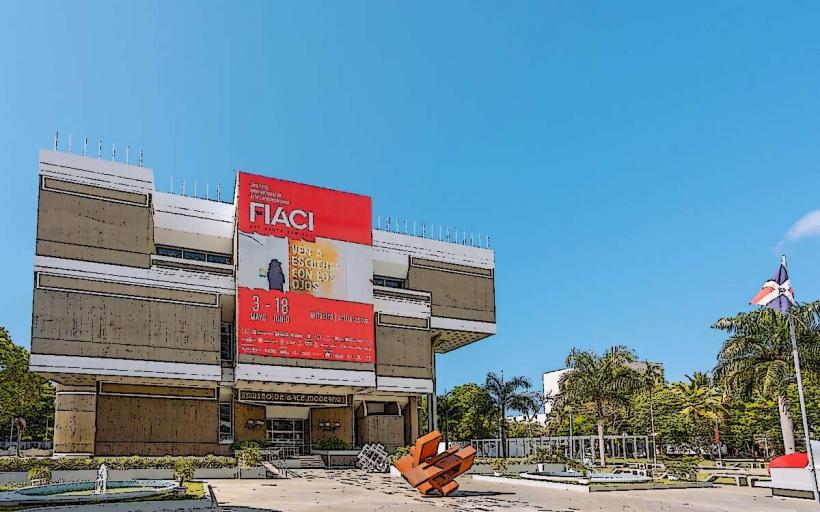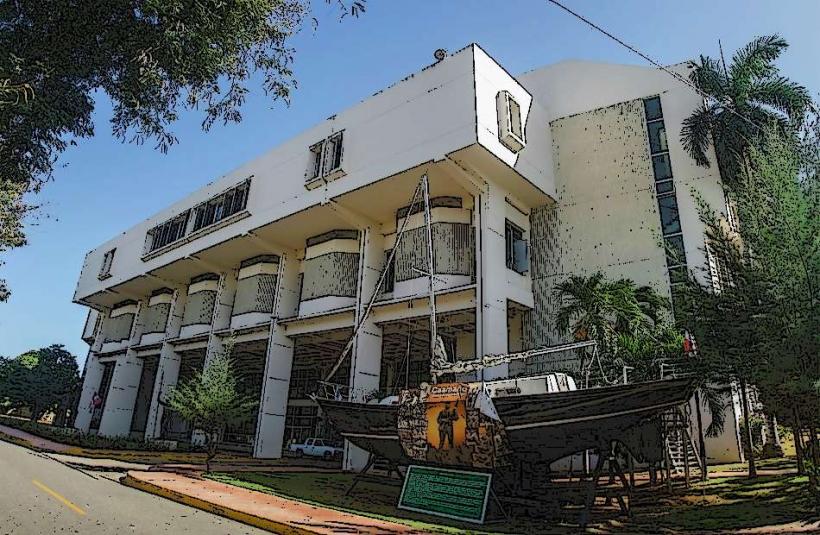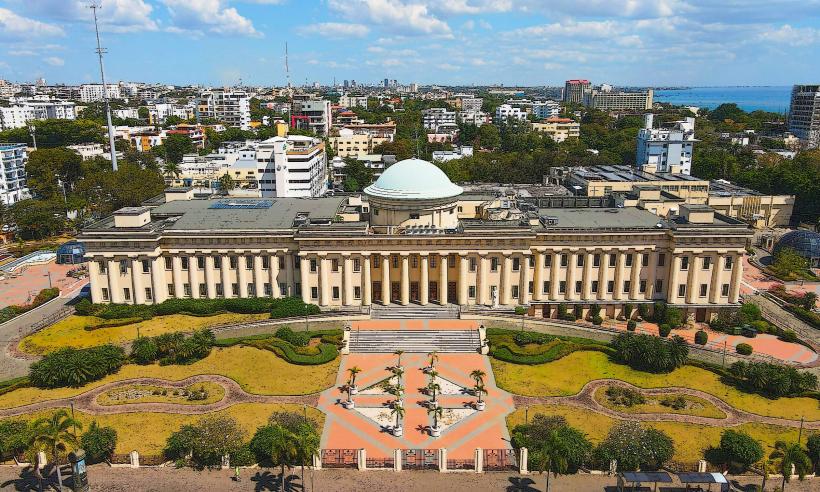Information
Landmark: Museo de las Casas RealesCity: Santo Domingo
Country: Dominican Republic
Continent: North America
The Museo de las Casas Reales (Museum of the Royal Houses) is one of the most important historical and cultural museums in Santo Domingo, Dominican Republic. Located in the heart of the Colonial Zone, this museum offers visitors a fascinating glimpse into the colonial history of the Dominican Republic and its role in the larger context of the Spanish Empire during the 16th and 17th centuries.
Historical Background
- Building History: The Museo de las Casas Reales is housed in a 16th-century colonial building that was originally used as the Royal Houses (hence the name). The structure served as the residence of the Spanish governors and as the administrative center of the Spanish colony in the New World. It was constructed between 1511 and 1513, making it one of the oldest and most significant buildings in the Colonial Zone.
- Significance: The building played a key role in the governance of the Spanish colonies in the Americas. It housed the offices of the Royal Audiencia (the highest judicial body), as well as the offices of the Governor of Hispaniola and other administrative officials. Over the centuries, it has undergone various transformations and renovations but remains a landmark of colonial history.
Architecture
- Colonial Design: The museum's architecture is a prime example of Spanish colonial design, featuring stone walls, arched doorways, balconies, and wrought-iron details. The structure’s layout includes large open courtyards with beautiful gardens and a central courtyard area, which was typical of colonial-era buildings in the Caribbean.
- Restoration: The building underwent a major restoration in the late 20th century to preserve its historical integrity and to adapt it for use as a museum. The museo retains much of its original colonial charm, with high ceilings, grand arches, and open spaces that reflect the luxury of the time.
Museum Exhibits
The Museo de las Casas Reales showcases a variety of exhibits that highlight the colonial history of the Dominican Republic, the Spanish Empire, and the broader Caribbean region. The museum’s collection includes historical artifacts, documents, paintings, and objects that trace the history of the island from the arrival of Columbus to the end of the colonial period.
Key Themes and Exhibitions:
- Colonial Hispaniola: The museum offers an in-depth look at the early history of Hispaniola, the island that was shared by both the Dominican Republic and Haiti. Visitors can learn about the indigenous Taino people, the arrival of Christopher Columbus in 1492, and the subsequent colonization by Spain.
- The Spanish Crown and Administration: One of the key themes of the museum is the role of the Spanish crown in governing its territories in the New World. The exhibits cover the functions of the Royal Audiencia, the role of the Spanish governors, and the administration of colonial law.
- Artifacts and Historical Documents: The museum features a significant collection of colonial artifacts, including ceramics, tools, weapons, furniture, and coins from the colonial era. There are also important historical documents, including maps, letters, and legal papers that provide insight into the governance and daily life of the colony.
- Colonial Art: The museum showcases a selection of colonial paintings, many of which depict scenes from the colonial era, such as portraits of Spanish nobility, religious figures, and key events in the history of the island.
- Economic and Cultural Life: The museum also highlights the economic and cultural aspects of colonial life, including the role of the sugar industry, the transatlantic slave trade, and the cultural exchanges between Europe, Africa, and the Americas.
Visitor Experience
- Guided Tours: The museum offers guided tours in both Spanish and English, providing in-depth explanations of the exhibits and the history behind them. The tours are highly recommended for those interested in learning about the colonial period and the significance of the museum’s collections.
- Multimedia Displays: In addition to physical artifacts, the museum employs multimedia displays and interactive exhibits that help bring the colonial history to life. These displays allow visitors to explore different aspects of life in Hispaniola, from indigenous culture to European colonization.
- Temporary Exhibits: The museum often hosts temporary exhibitions that focus on specific aspects of Dominican history, art, or culture. These rotating exhibitions offer new insights and keep the museum's offerings fresh and engaging for repeat visitors.
Location and Accessibility
- Address: The museum is located at Calle Las Damas in the Colonial Zone of Santo Domingo. Its central location makes it easy to access from other nearby historical sites, such as Parque Colón and Calle El Conde.
- Opening Hours: The museum is typically open every day from 9:00 AM to 5:00 PM. It is advisable to check ahead for any changes in opening times or special closures.
- Admission: There is an entrance fee for visitors, though the price is usually quite affordable. Discounts may be available for students, seniors, or local residents.
- Accessibility: The museum is located in the pedestrian-friendly Colonial Zone, making it easily accessible on foot. However, if you're visiting with mobility issues, it's recommended to check if the museum provides any specific accommodations.
Nearby Attractions
The Museo de las Casas Reales is located near several other notable historical sites in the Colonial Zone:
- Parque Colón: Just a short walk away, this park is home to the Cathedral of Santa María la Menor and the Statue of Christopher Columbus.
- Alcázar de Colón: The Columbus Palace is nearby and is one of the most important colonial-era buildings in the city. It houses a museum dedicated to the life of Diego Colón, the son of Christopher Columbus.
- Fuerza de Ozama: The Ozama Fortress, located near the museum, is one of the oldest military structures in the Americas, offering insight into the island’s colonial military history.
Conclusion
The Museo de las Casas Reales is a must-visit destination for anyone interested in exploring the colonial history of the Dominican Republic and the wider Caribbean. With its rich collection of artifacts, historical documents, and art, the museum offers an in-depth understanding of the Spanish colonial period and its lasting impact on the region. Situated in one of the most historically significant buildings in Santo Domingo, it provides a unique opportunity to step back in time and learn about the foundations of the Dominican Republic.

